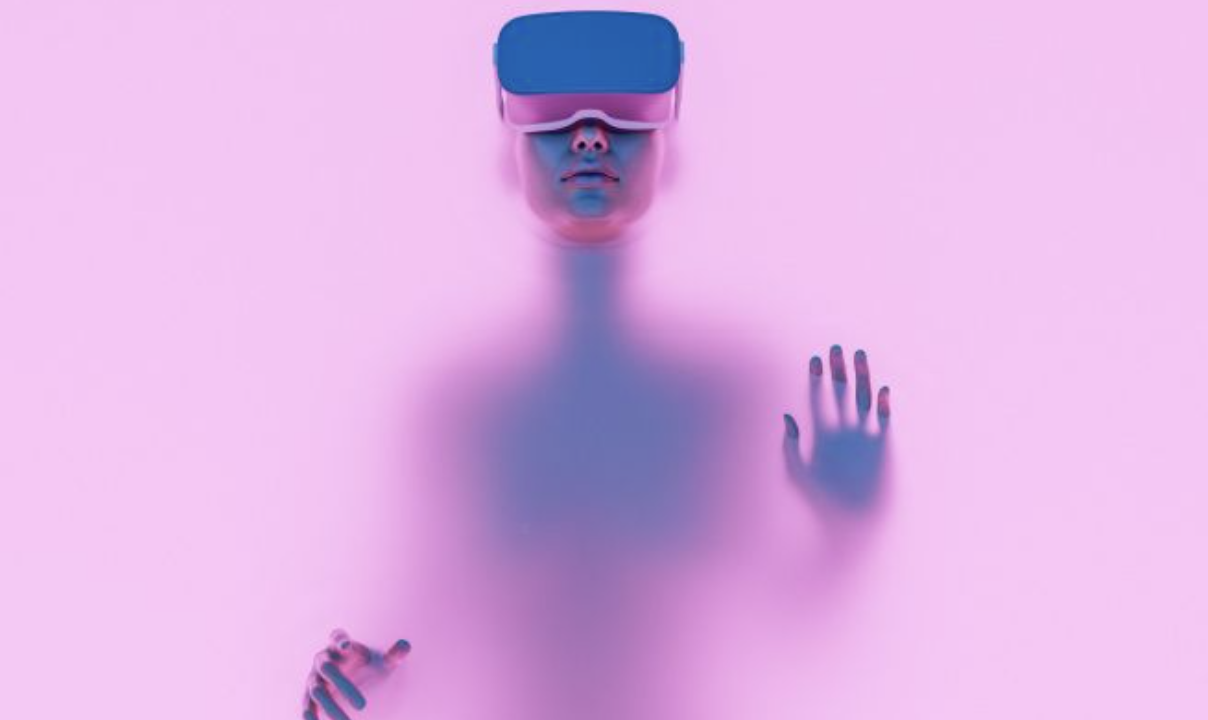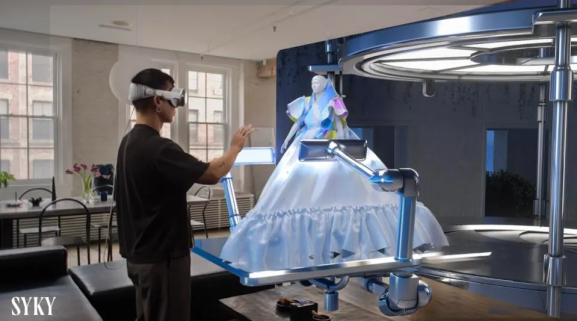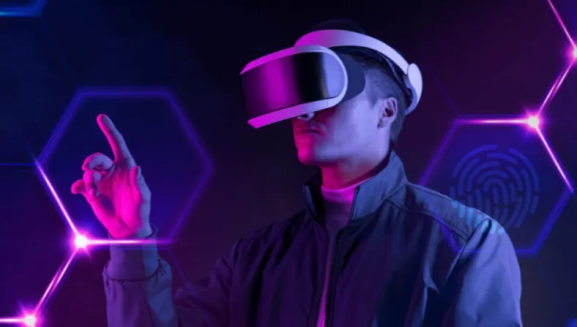How Retailers & Manufacturers Are Leveraging The Metaverse
Manufacturers are embracing immersive mixed reality to revolutionize operations. Integrating metaverse technologies enhances training, streamlines processes, and improves collaboration. Dijam Panigrahi, co-founder and COO of GridRaster Inc. says Real-time data visualization and hands-free interactions optimize efficiency, empowering a new era of manufacturing innovation.
Retail is one of the most important areas of today’s business and commercial landscape, and while it has evolved over the years, it will not go away anytime soon. Technology evolution is a constant in the industry, from the first cash register in 1883 to barcodes and inventory management methods in 1974.
While the Internet and mobile technology have also played a major role in this evolution, today, the metaverse is poised to bring even more promise to elevate the experience for consumers through greater efficiencies realized by retailers.
As the industry faces ongoing economic pressures in the coming years, retailers must stay ahead of the curve by adopting the latest technology trends. Ultimately, the best technologies for retailers are solutions that remove all barriers to the customer experience and make shopping easier for customers. In recent years, the retail industry has adopted POS systems, CRM platforms, ERP systems, artificial intelligence (AI) systems, retail management software (RMS), and more.
Enabling a Greater Customer Experience
Great customer experiences will continue to be the biggest customer expectation in 2024. Technology continues to do that. Customers expect a seamless, consistent, and memorable shopping experience. There has been a lot of interest in metaverse-based immersive digital retail environments where consumers can shop across platforms through augmented reality (AR) and virtual reality (VR). VR is the most immersive way to join the metaverse. Although the future of the metaverse is uncertain, retailers are exploring AR and VR solutions to create immersive and fun experiences that allow shoppers to shop in a simulated environment.
Major retailers today, including Hugo Boss, Walmart, and Amazon, allow visitors and shoppers to virtually try on clothing using digital representations of themselves, an extension of the earlier use of AR by furniture companies. In fact, IKEA’s app was one of the first AR apps to be released using Apple’s augmented reality technology.
How Will Retailers Use the Metaverse?
Retailers and their manufacturing partners today are leveraging the metaverse and digital twins to create greater efficiencies in their operations in several ways.
The metaverse refers to a collective virtual shared space created by the convergence of physical and virtual reality. It’s a digital universe where users, in this case shoppers, can interact with computer-generated environments and other users in real-time, such as a virtual retailer.
A digital twin is a digital representation or replica of a real-world entity or system. This can include physical objects, processes, or even people – such as virtual items found in a retail environment. Digital twins are created using data from sensors, IoT devices, and other sources to simulate and monitor the behavior and performance of the corresponding real-world entity.
For retailers, the opportunities in 2024 are plentiful. Implementing digital twins in supply chain processes can provide real-time inventory, production, and distribution visibility. This helps identify bottlenecks, optimize logistics, and reduce lead times.
Using the metaverse for virtual prototyping and testing of products can accelerate the design and development process. This can lead to faster time-to-market and reduced costs associated with physical prototypes.
Retailers today are identifying possibilities to create virtual stores and showrooms in the metaverse, allowing customers to explore and interact with products in a virtual environment. This enhances the customer experience and can drive online sales.
A
long with their manufacturing partners, they are looking into using the metaverse for employee training simulations, especially in manufacturing where complex machinery is involved. This can improve employee skills and safety. This also enables opportunities to create virtual workspaces for teams spread across different locations. This promotes collaboration and communication among team members.
Marketing teams can also benefit from using data from customer interactions in the metaverse to personalize recommendations and marketing strategies, improving customer engagement and loyalty.
Furthermore, the companies can leverage digital twins to monitor and control manufacturing processes and equipment remotely. This is especially beneficial in situations where physical presence may be challenging.
Spiceworks







